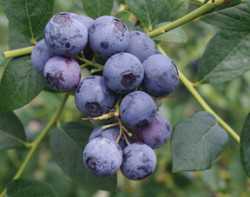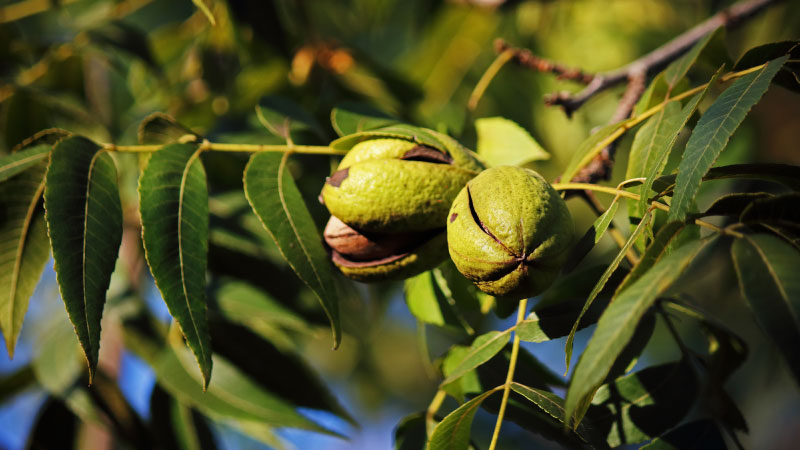New BMPs For Specialty Growers In Florida

Florida’s environment makes it prime territory for commercial production of specialty tropical fruits. There are an estimated 12,000 acres of these crops in the state, with 90% of this acreage concentrated in Miami-Dade County.
The most planted of these unique crops include avocado with 7,500 acres. Mango, longan, guava, lychee, banana, and papaya are other notable crops making up the balance of acreage. No recent industry-wide value estimate is available; however, a gross estimate puts these crops value at $75 million, not taking into account increased production from new plantings and new crops.
In addition to tropical fruits, temperate fruits and nut crops make up another important and growing segment in Florida agriculture. Most notable among these are pecans at 7,500 acres and blueberries at 3,500 acres. More than 1,000 acres are dedicated to peach, muscadine, grape, blackberry, and persimmon.
Of these, blueberry has shown the most growth during the last decade. The value of Florida’s blueberry industry has steadily increased, and was valued at $73 million as of 2009 (second behind Michigan in farm gate value). Florida’s pecan industry has remained steady for the past several years, and is valued at $2.2 million (2009).
Specialty Fruit Ripe For BMPs
Because on the considerable acres now dedicated to these crops, FDACS recently published a BMP manual for specialty and temperate fruits and nut crops. According to the Department, BMPs are individual practices or combinations of practices that, based on research, field-testing, and expert review, have been determined to be the most effective and practicable means for maintaining or improving water quality. BMPs typically are implemented in combination to prevent, reduce, or treat pollutant discharges. BMPs must be based on sound science, be technically feasible, and be economically viable.
According to Bill Bartnick, environmental administrator for FDACS, growers are adopting the new BMP program and can expect benefits beyond regulatory compliance. “Since adopting the Specialty Fruit and Nut BMP manual in May 2011, we have enrolled approximately 1,500 acres,” he says. “Growers are generally able to reduce fertilizer inputs in two ways by following BMPs. The first is fertigation, since many of these are newer orchards and are compatible with advanced irrigation infrastructure. The second is tissue testing, which IFAS has developed leaf analysis sufficiency ranges for almost all these crops covered under the new BMP manual.”
BMPs In Practice On Blueberries
Steve Troiano, farm manager for Lallymix Farms-Poucher Blueberry Farm in Zolfo Springs, is a prime example of how BMPs provide benefits in helping protect the water resources, while saving on inputs. Troiano has installed a Davis Weather Station system with associated soil probes, thermometers, and notification systems. The 88-acre farm (14 acres organic, 74 conventional) has nine soil profiles, each with different soil moisture requirements. The probes, which are spaced every 15 feet across the farm, measure from top of soil to 16 inches below and have eight soil moisture reading intervals per probe. He can access an online system to administer prescribed watering and freeze protection.
A tailwater recovery system also was installed on the farm that saves 158,000 gallons of groundwater per day. The Southwest Florida Water Management District (SWFWMD) and the USDA Natural Resources Conservation Service provided funding for the project through their respective programs FARMS and EQIP.










